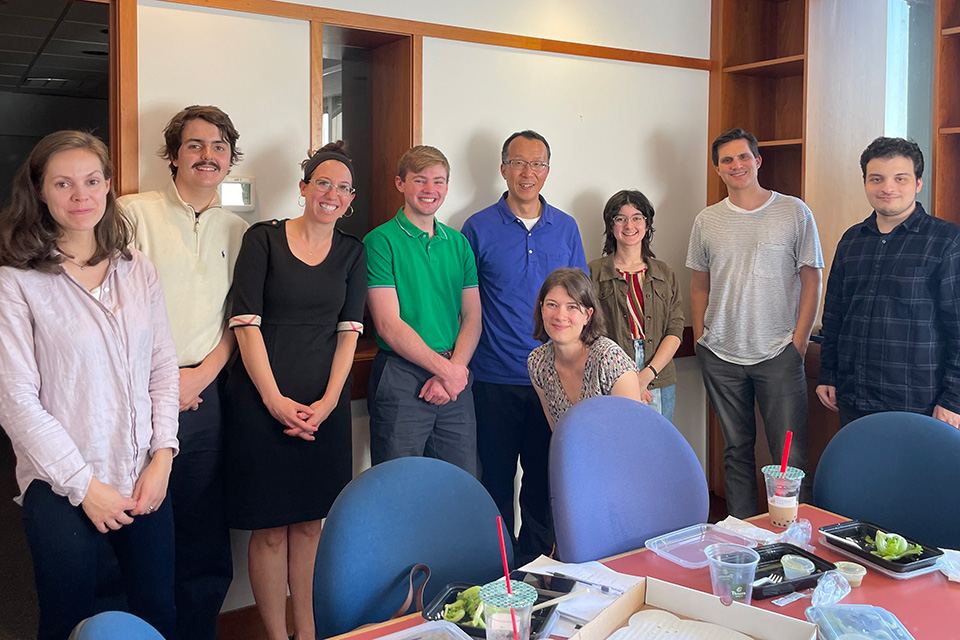A Visit to the READS Lab
 By Ziva Hassenfeld, SCRoLL Lab Director
By Ziva Hassenfeld, SCRoLL Lab Director
As an education scholar, I do a lot of reading. I keep up with American Educational Research Journal, Education Week, all the various literacy publications, and the religious education journals. Recently, I came across a fascinating piece in Forbes Magazine about an approach to literacy that focused on content literacy (in science and history) and examined metrics like student engagement, student thinking, and student writing, along with the more standardized metrics of literacy. The article focused on the work of Professor James Kim at Harvard University and his READS Lab. The READS Lab team created a curriculum called MORE and is implementing it across a large urban district. Inspired by the Forbes article, I went on to read the academic publications on this work and was utterly fascinated, for two main reasons.
First, in an era in which state policy is mandating more screening and more scripted literacy instruction focused on foundational skills, that this first-grade intervention focused on authentic literacy—content-based literacy—was refreshing. Second, in the SCRoLL Lab, we have designed our own curricular intervention study (using our lab-developed assessment tool) and piloted it with mixed success. While in the midst of this study, and having worked on district-wide curricular intervention studies during my postdoc term at Tufts University, to now read about Professor Kim’s curricular intervention sparked a dream in me to bring my undergraduate lab students to ask him and his team questions. And where there is a dream there is always a chance. I emailed Professor Kim telling him how much I enjoyed reading about his work and explaining that I train undergraduate students in research through their participation in the SCRoLL Lab. To my utter delight, Professor Kim wrote back almost immediately, citing our research back to me and inviting SCRoLL Lab to come visit READS Lab.
A short time later, a few members of the SCRoLL Lab team crossed the Charles River and made our way to Harvard University to meet with READS Lab. The visit was nothing short of inspirational. Professor Kim and his team were welcoming, gracious and kind, answering my undergraduate lab students’ questions about research design, data collection, data storage, data analysis, and how to encourage FOI (fidelity of implementation) among teachers. The conversation was situated learning at its best. In addition, we had a meaningful discussion about the axioms that guide our work in the SCRoLL Lab: equity and inclusion in religious text study, prioritizing student sense-making, and teaching biblical Hebrew for empowerment. We thought together about how to navigate Bruner’s structure of a discipline as a curricular guiding principle with a desire to ensure non-deficit perspectives toward students. We grappled with my favorite question: What do we do when a student offers a “wrong” answer that nonetheless fits with the text they have in front of them?
In a broader climate where higher education is coming under critique and literacy research specifically is portrayed in the media as contentious, READS Lab’s hospitality toward us was quite profound. A successful education research lab at Harvard University, directing curriculum for thousands of students, paused to help a small undergraduate-focused, religious-text-centered lab think about our work. This is a level of generosity, kindness, and sense of pedagogical commitment worthy of emulation. The SCRoLL Lab team is grateful to Professor Kim and the READS Lab for everything they taught us during our visit.